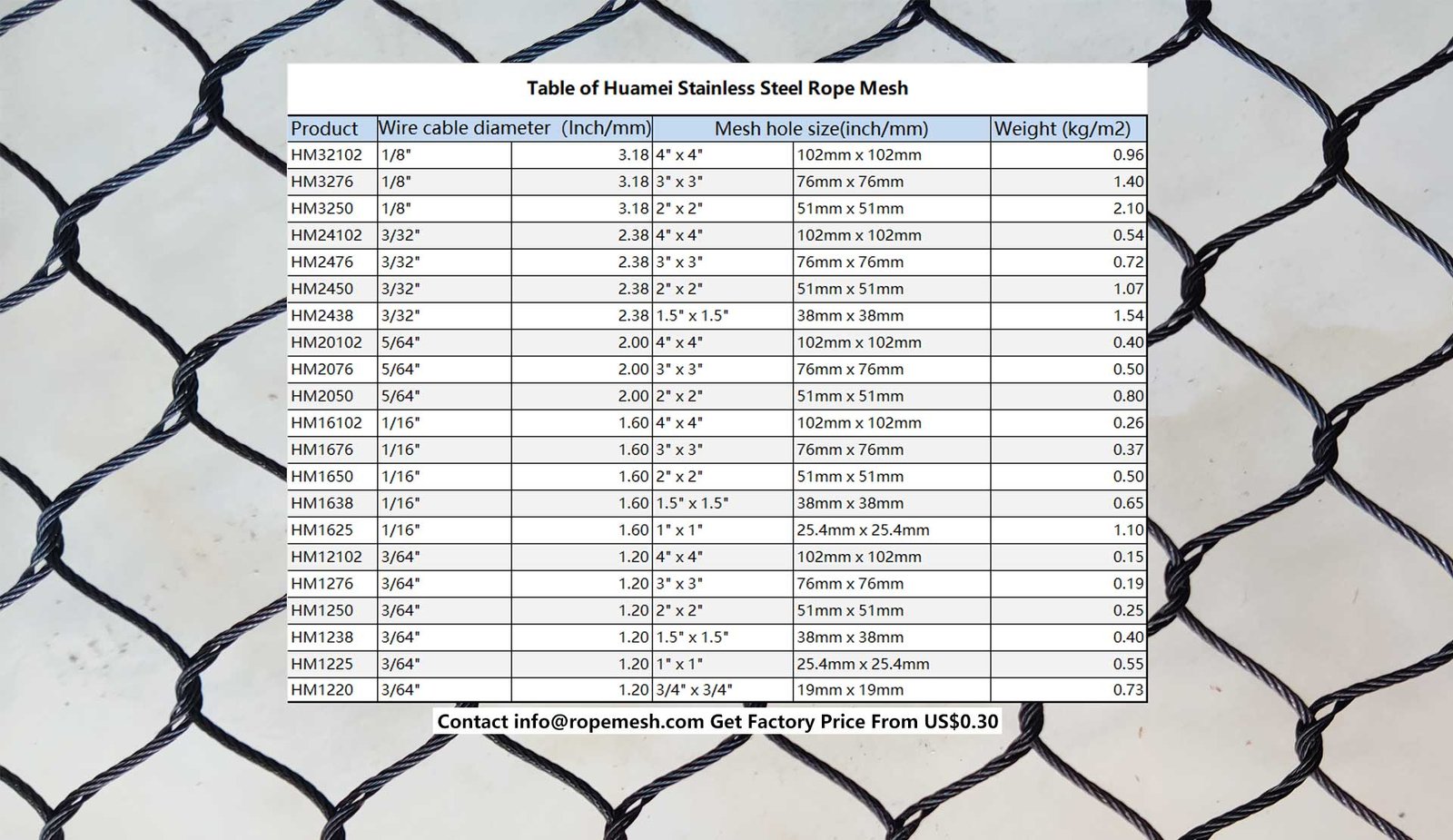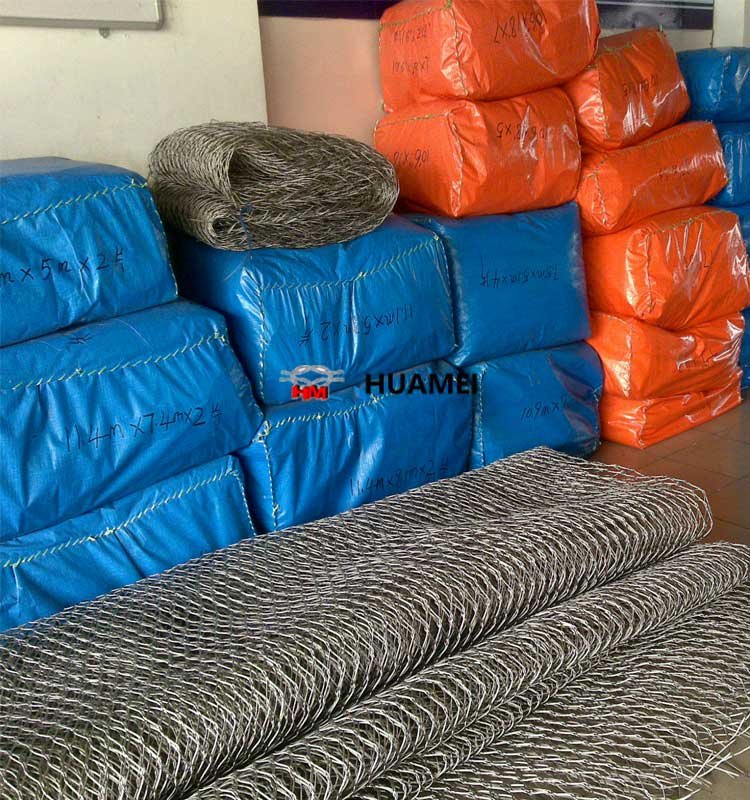Introduction
What is cable mesh?
Cable mesh, also known as wire mesh or metal mesh, is a versatile material composed of interconnected wires or cables. It's a popular choice for a wide range of applications due to its strength, durability, and versatility.
History of cable mesh
The exact origins of cable mesh are somewhat unclear, but it's believed to have been developed centuries ago as a practical solution for various tasks. Early civilizations likely used simple forms of wire mesh for purposes like sieving, filtering, and reinforcing structures.
Key properties of cable mesh
Cable mesh offers several key properties that make it a desirable material:
- Strength and durability: Its construction allows it to withstand significant loads and harsh conditions.
- Flexibility: Cable mesh can be easily bent, shaped, and adapted to fit different requirements.
- Open area:The spaces between the wires provide excellent permeability, making it ideal for filtration and ventilation.
- Corrosion resistance:Depending on the material used, cable mesh can be resistant to rust and other forms of corrosion.
Applications of cable mesh
Cable mesh has found applications in numerous industries and sectors, including:
- Industrial: Filtration, conveying, reinforcement, screening
- Architectural: Façade cladding, balustrades, stair treads, skylights
- Safety:Safety nets, safety fences, containment
In the following sections, we'll delve deeper into the types, manufacturing processes, advantages, and specific applications of cable mesh.


